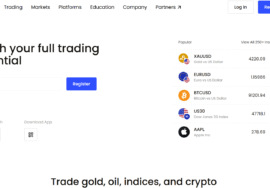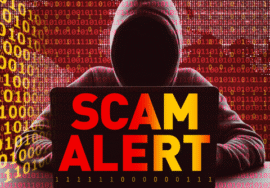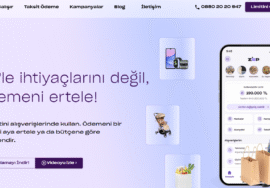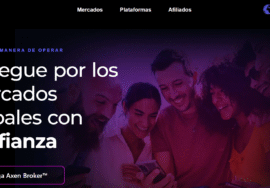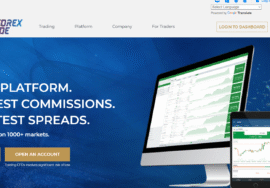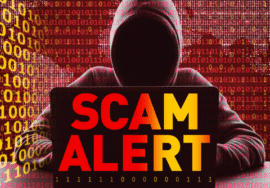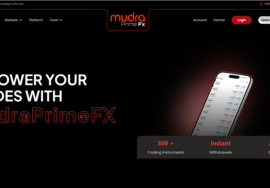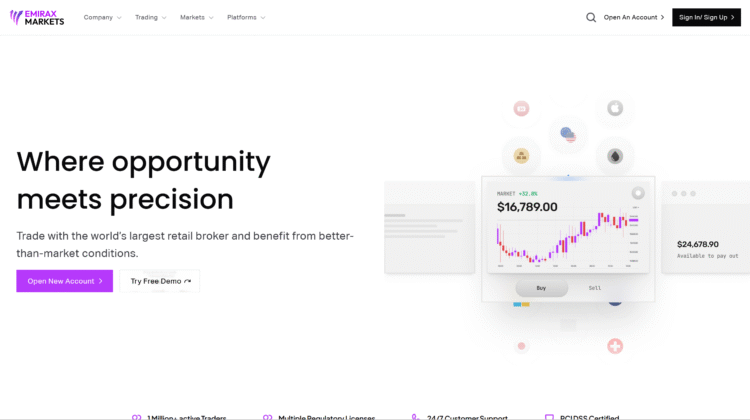
7 Critical Reasons EmiraX Markets (emiraxmarkets.com) Should Be Treated as High-Risk
7 Critical Reasons EmiraX Markets (emiraxmarkets.com) Should Be Treated as High-Risk
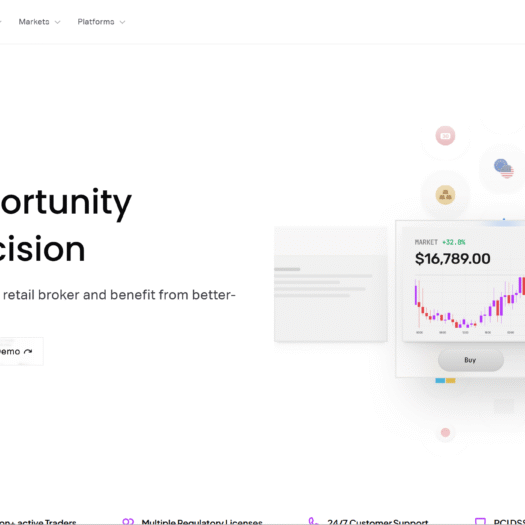
Introduction
When a broker splashes glossy claims across its homepage—“global access,” “fast execution,” “premium experience”—it’s easy to let your guard down. EmiraX Markets (emiraxmarkets.com) pitches itself as a modern FX/CFD venue with MT5 support and “regulation.” But a closer look reveals a cluster of red flags: an offshore Anjouan license (AOFA), low trust scores, thin transparency, and third-party warnings—the classic profile of a platform that deserves maximum caution. Below, we break down the evidence so readers can make an informed decision before risking a single cent.
1) Offshore “regulation” that offers little protection
EmiraX says it’s regulated by the Anjouan Offshore Finance Authority (AOFA), even listing License No. L15960/EXM in its pages and terms. Offshore registrations like AOFA are widely criticized for weak oversight and minimal investor safeguards—and license lists typically don’t tie a company to a specific domain, making claims hard to verify from the public registry alone. A broker leaning on this kind of badge should not be equated with top-tier regulators (FCA/ASIC/CySEC).
2) “Scam confirmed” call-outs and high-risk ratings from watchdogs
Independent monitors have recently flagged EmiraX Markets as high-risk. BrokersView’s running log explicitly lists EmiraX as “Scam Confirmed” (recorded Sept 16, 2025), and its Q&A responses warn investors the platform “is not a reliable platform and carries a high risk of fraud.” External scanners like ScamAdviser also assign very low trust scores to the domain. These are not definitive legal rulings—but taken together, they’re serious smoke signals.
3) Public review footprint already trending negative
Even with limited volume, early public reviews skew sharply against the site. On Trustpilot, the profile shows 100% one-star feedback among posted reviews, describing unprofessional or non-responsive experiences. Early signals matter: legitimate brokers usually accumulate mixed but verifiable feedback; scam-adjacent sites accumulate repeat complaints with similar patterns.
4) Marketing gloss vs. operational transparency
The website’s company page and terms lean on repeating risk disclaimers and the AOFA license ID but don’t provide robust, verifiable datapoints like proof of reserves, third-party execution audits, or a regulator-verifiable legal entity mapping cleanly to the domain. Watchdog write-ups also cite missing product/account detail and thin functional disclosures, leaving traders to fill gaps with trust rather than evidence.
5) Prominent social marketing; weak independent validation
There’s an active Instagram presence and promotional content, but social buzz is not a substitute for genuine licenses, audits, or payout proof. Several community posts and reviews highlight low WikiScores and no valid top-tier license, urging caution despite the branding push. Hype ≠ oversight.
6) “Quick deposits, easy withdrawals” claims—historically where traps emerge
Many flagged brokers promise frictionless onboarding but embed the hurdles on the way out. Independent forums, videos, and review hubs discussing EmiraX emphasize multiple red flags and advise extreme caution before funding. In this pattern, users often report delays, extra verification demands, surprise fees, or radio silence when they try to withdraw—classic withdrawal-trap dynamics.
7) Inconsistent corporate storylines & offshore structuring
EmiraX’s own documents reference Union of Comoros incorporation (registration 15960) and AOFA oversight, yet third-party broker directories surface conflicting operator names/addresses associated with other offshore jurisdictions. Fragmented company footprints and offshore shells make accountability—and recovery—significantly harder if things go wrong.
8) Freshness risk: recent attention, rapidly evolving claims
Multiple recent posts (Sept 2025) indicate that warnings and ratings are still developing, which itself is a risk signal. When a broker draws newly minted “high-risk” labels and community alerts, prudent traders wait for clarity—or avoid entirely.
9) Sparse, generic risk disclosures instead of hard guarantees
The site repeats standard risk text without providing client asset segregation detail, negative balance protection terms, or independent dispute pathways you expect from reputable brokers. Meanwhile, watchdog replies explicitly caution that negative balance protection and other investor safeguards shouldn’t be assumed here.
10) Pattern-matching with other flagged brokers
From offshore reliance to marketing-heavy messaging and weak verifiability, EmiraX checks many boxes seen across brokers later exposed for misconduct. It doesn’t prove fraud—but pattern risk is high enough to warrant a hard “do not fund until verified” stance.
✅ Conclusion : Treat EmiraX Markets as a High-Risk Venue Not a Safe Home for Your Funds
In trading, the difference between a glossy website and a trustworthy broker is independent oversight. EmiraX Markets leans on an AOFA (Anjouan) license—an offshore permission widely criticized for light-touch supervision and thin investor protection. That’s a critical divide from top-tier regulators (FCA, ASIC, CySEC), which impose strict capital, conduct, and audit rules. If something breaks at an AOFA-licensed venue, your practical recourse is limited.
The external footprint is equally troubling. BrokersView has “Scam Confirmed” beside EmiraX (Sept 16, 2025) and actively warns investors about high fraud risk in its Q&A. ScamAdviser records a very low trust score. Trustpilot shows one-star feedback from early reviewers. No single data point is absolute—but the convergence of negative indicators across unrelated sources is what experienced risk teams look for. That convergence is present here.
Transparency is the oxygen of trustworthy finance. With EmiraX, we don’t see independent proof of reserves, domain-linked license validation, clear segregation of client funds, or regulator-verified company identities. Instead we see generic risk boilerplate and a reliance on offshore paperwork that does not map cleanly to the live trading domain. That mapping matters. When the entity you’re paying can’t be tied cleanly to the website you’re using, dispute resolution becomes a maze.
Then there’s the behavioral pattern risk: marketing-heavy front end, offshore licensing, and a chorus of early warnings about reliability and withdrawals from reviewers and scanner tools. This is a well-known risk contour. Many victims of shady brokers report the same lifecycle: painless deposits → small “proof” payouts → bigger deposits → friction or silence at withdrawal time. Independent posts and videos discussing EmiraX recommend extreme caution, which aligns with that lifecycle.
Practical takeaways if you (or your readers) encounter EmiraX:
- Do not deposit meaningful funds until there is verifiable regulation tied to the domain and demonstrable, repeatable withdrawal proofs from credible users.
- If you must test, use tiny amounts, document every step, and attempt a withdrawal immediately to validate the path before scaling.
- Prefer brokers under top-tier regulators with clean histories and robust compensation frameworks.
- Treat “relationship managers,” “upgrade-to-unlock” tiers, or “special fees before withdrawal” as major red flags.
- Keep screenshots, emails, chat logs, and transaction hashes; if something goes wrong, report to your local financial authority and relevant watchdogs.
Bottom line: EmiraX Markets currently exhibits too many red flags—offshore licensing of limited value, negative external ratings, and insufficient transparency—to be considered a safe venue for client funds. Until independent, regulator-verifiable proof emerges (and is sustained over time), the rational stance is avoid. Your capital—and peace of mind—are better kept with brokers whose regulation, ownership, and track record stand up to scrutiny.


